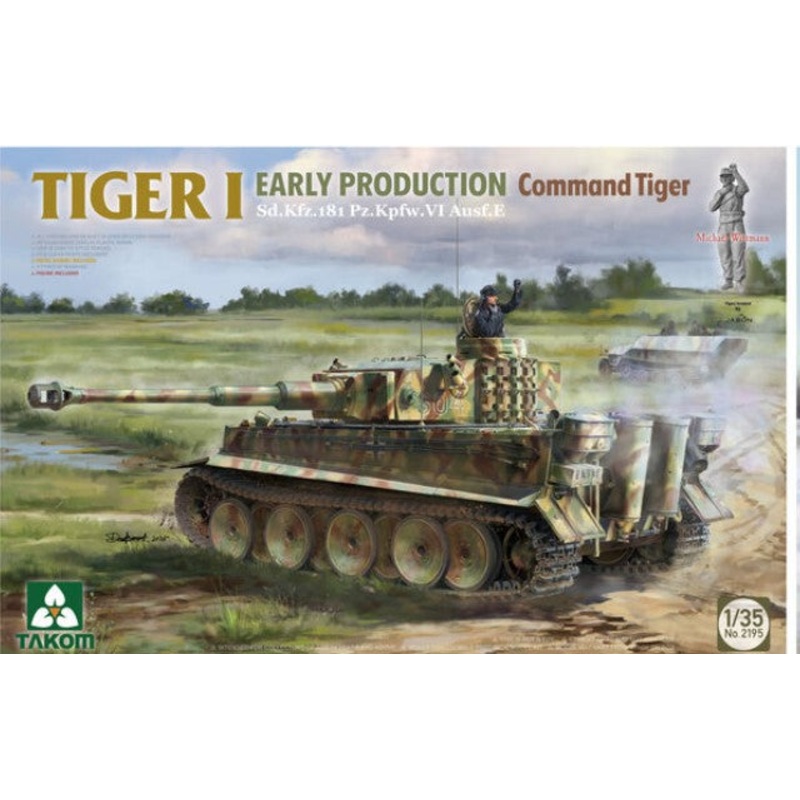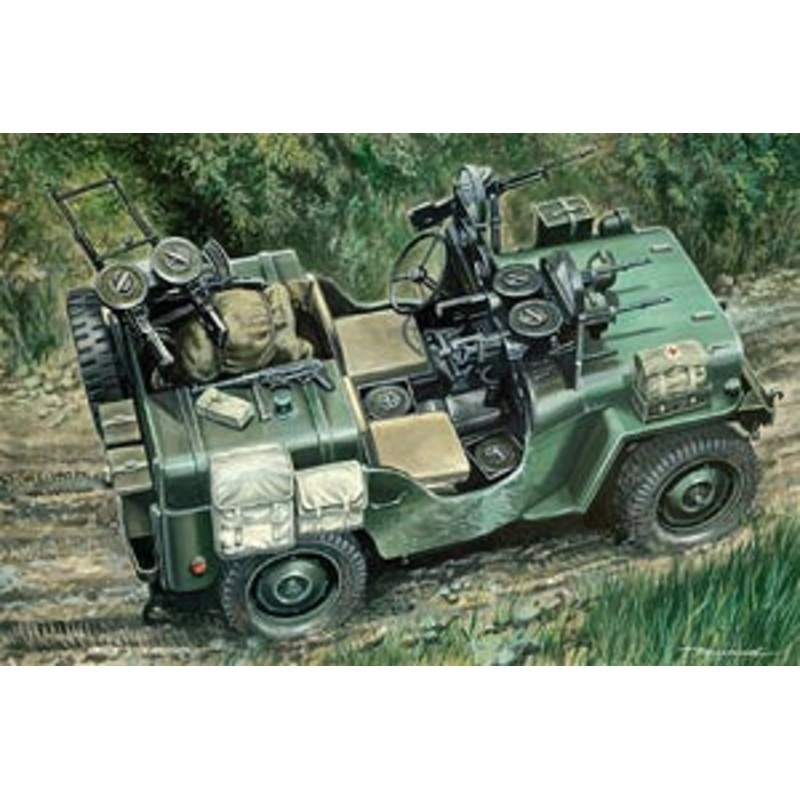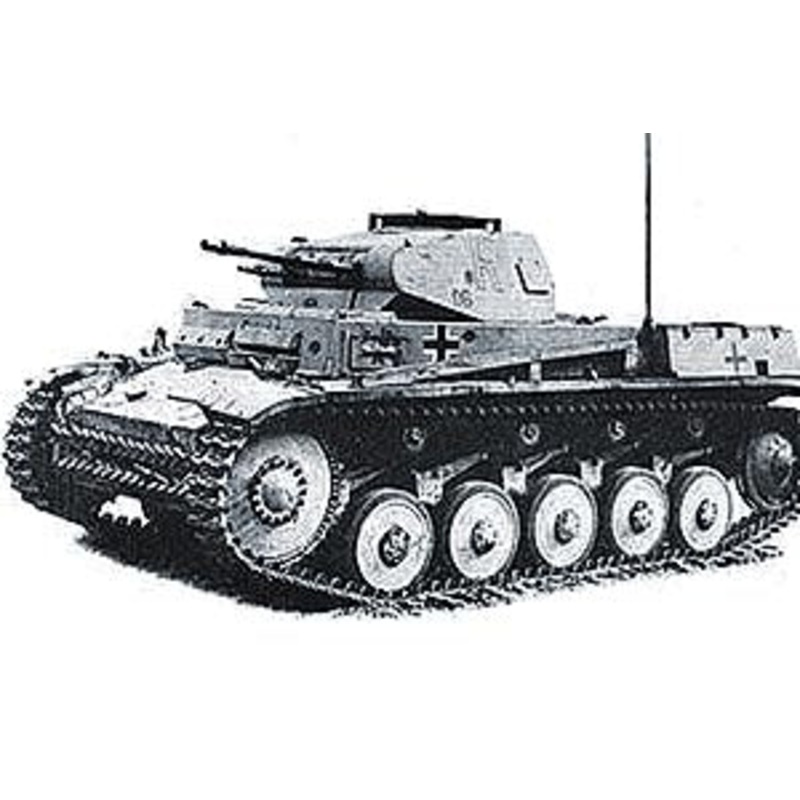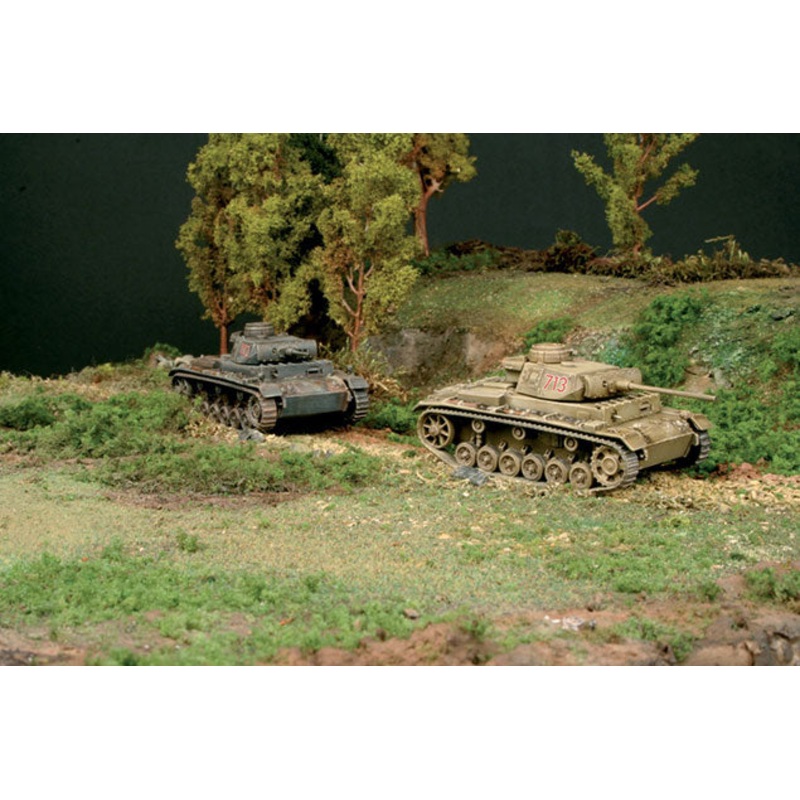 Sale!
Sale! Takom 1/35 Tiger I (Early Command Tiger) Sd.Kfz.267/268 Kit 2195
$49.99
$39.99
Takom 1/35 Tiger I (Early Command Tiger) Sd.Kfz.267/268 Kit 2195Michael Wittmann was born in April 1914 and died in August 1944 at the age of 30. He was a German lower officer of the armoured forces within the Waffen-SS. He is widely recognised as one of t
Zero-Risk Assurance: Full-Refund Policy
Free Delivery on 30+ Orders
60-Day Hassle-Free Returns
- SKU: :
- QL416239721261
Takom 1/35 Tiger I (Early Command Tiger) Sd.Kfz.267/268 Kit 2195
Michael Wittmann was born in April 1914 and died in August 1944 at the age of 30. He was a German lower officer of the armoured forces within the Waffen-SS. He is widely recognised as one of the best and most effective tankers of World War II. Michael Wittmann served in the Reichschwehr and later in the Wehrmacht in 1934-1936. In 1936 he applied for his accession to the SS, and in April 1937 he was assigned to the regiment (later division) of Leibstandarte Adolf Hitler. In 1938, he participated in the occupation of the Sudetenland and in the Anschluss of Austria. It is almost certain that he did not take part in the campaigns in Poland (1939) and France (1940). He took part in the fighting only during Operation Barbarossa in 1941. In the period 1941-1943 he fought on the Eastern Front in the StuG III self-propelled gun, achieving considerable success in fighting Soviet armoured weapons. In 1943, he “switched” to the Tiger tank and in such a vehicle, as the commander of an armoured platoon, he took part in the Operation Citadel on the Kursk Arch. In January 1944 he was awarded the Knight’s Cross of the Iron Cross. In April 1944 he was transferred to the 101st Heavy Tank Battalion of the SS, where he commanded the 2nd company of this battalion. As part of this unit, he fought in Normandy from June to August 1944. There, he achieved his greatest success, destroying 21 British armoured vehicles at Villers-Boccage on June 13, 1944, with only one tank at his disposal. Michael Wittmann died on August 8, 1944 in the Caen area. During his service, he probably destroyed 138 tanks and 132 anti-tank guns.
A single armored division at that time was composed of a tank brigade divided into two armored regiments, a motorized infantry brigade and support units, among others: reconnaissance, artillery, anti-aircraft and sappers. It consisted of about 300 tanks in full time. It is also worth adding that the German armored forces (German: Panzerwaffe) were trained and prepared to implement the doctrine of lightning war, and not – as in many armies of the time – to support infantry activities. Therefore, emphasis was put in training “pancerniakw” on the interchangeability of functions, independence in decision-making by officers and non-commissioned officers and the best technical mastery of the tanks owned. All this resulted in great successes of German armored weapons in Poland in 1939, but especially in Western Europe in 1940. Also in the course of the fighting in North Africa – especially in the period 1941-1942 – the German armored forces turned out to be a very difficult opponent. Before the invasion of the USSR, the number of German armored divisions almost doubled, but the number of tanks in these units decreased to about 150-200 vehicles. Also in the course of the fighting on the Eastern Front – especially in 1941-1942 – the German armoured forces were superior in training and organisation to their Soviet opponent. However, contact with such vehicles as the T-34 or KW-1 forced the introduction of the Pz.Kpfw V and VI tanks to the line in 1942 and 1943. Growing losses on the Eastern Front, as well as lost battles – at Stalingrad or Kursk – made the German Panzerwaffe weaken. Its structure included heavy tank battalions (with 3 tank companies), and in 1943, armoured grenadier divisions were established. There was also an increasingly clear advantage of the Soviet side, and from 1944 – the need to simultaneously fight the Soviet troops in the east and the Allies in the west. It is also assumed that it was then (in the years 1944-1945) that the training of the German armoured forces was weaker than in the previous period and did not constitute such a significant advantage on the German side than before. The last large-scale operations of the German Panzerwaffe were the offensives in the Ardennes (1944-1945) and in Hungary (1945).
1:35 scale plastic model kit from Takom, requires paint and glue (not included)
Cost - $25
Free Shipping We offer free shipping on orders over $30. Please check the free - shipping eligibility at checkout.
Delivery Time It usually takes [3-5] business days for standard shipping. Please note that this is an estimated time frame and may be affected by local holidays, and unforeseen circumstances.




